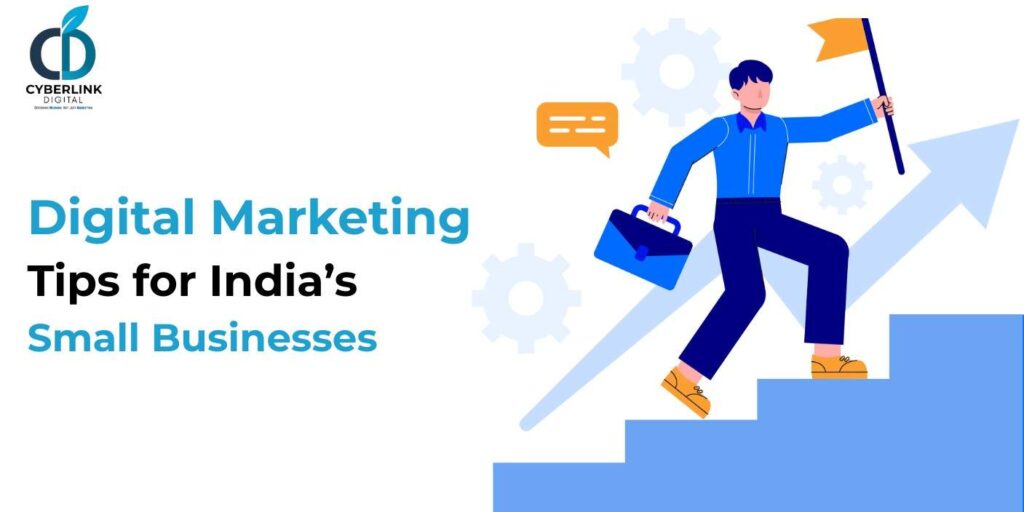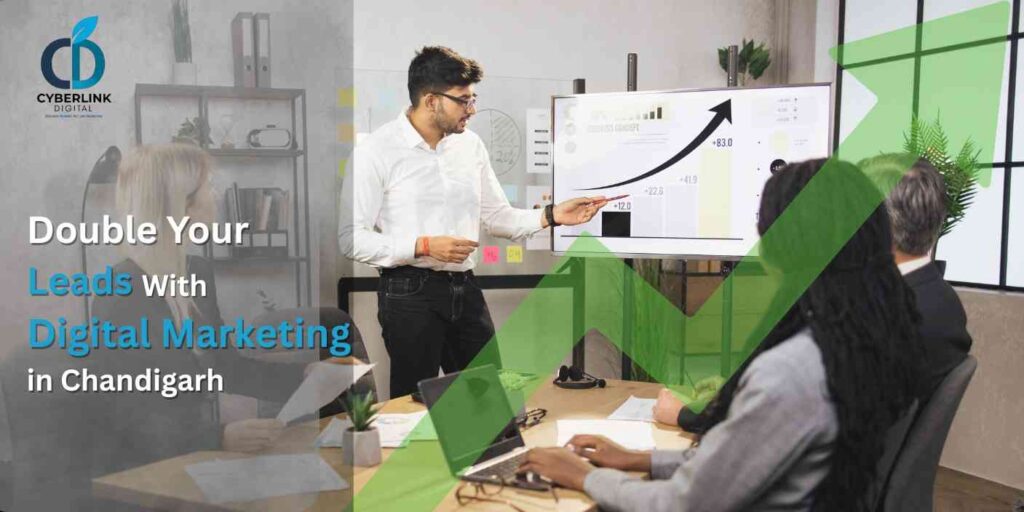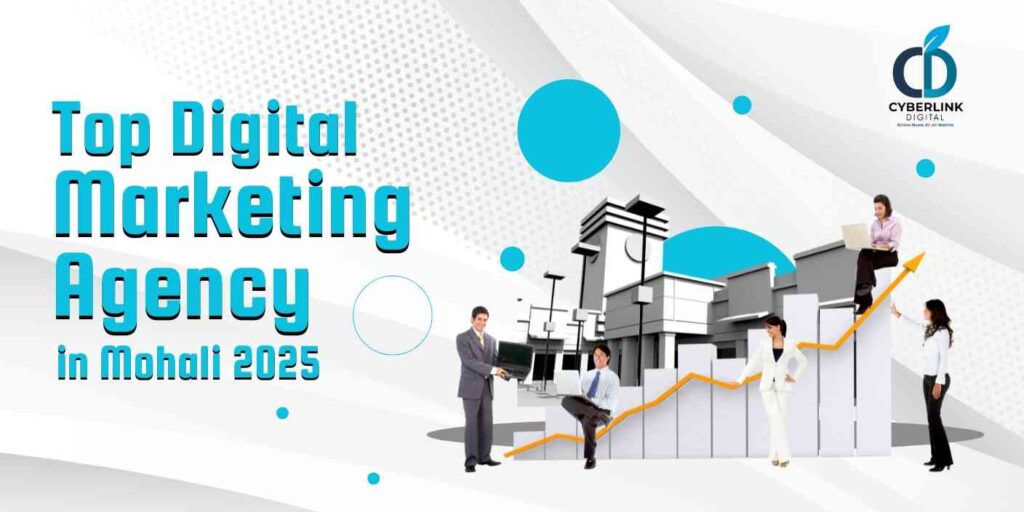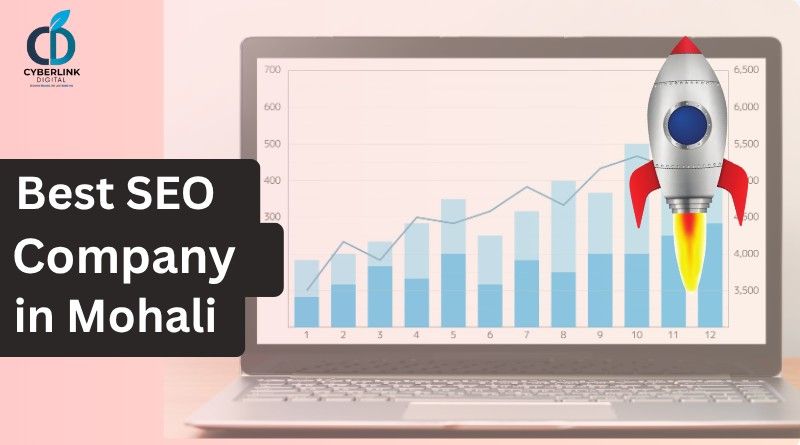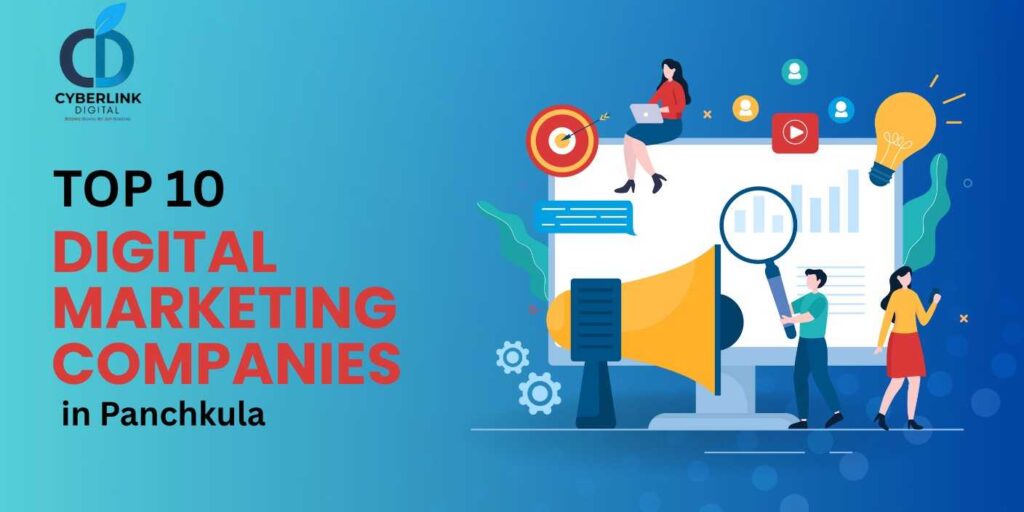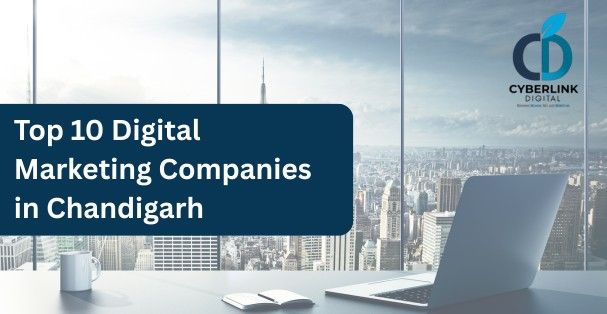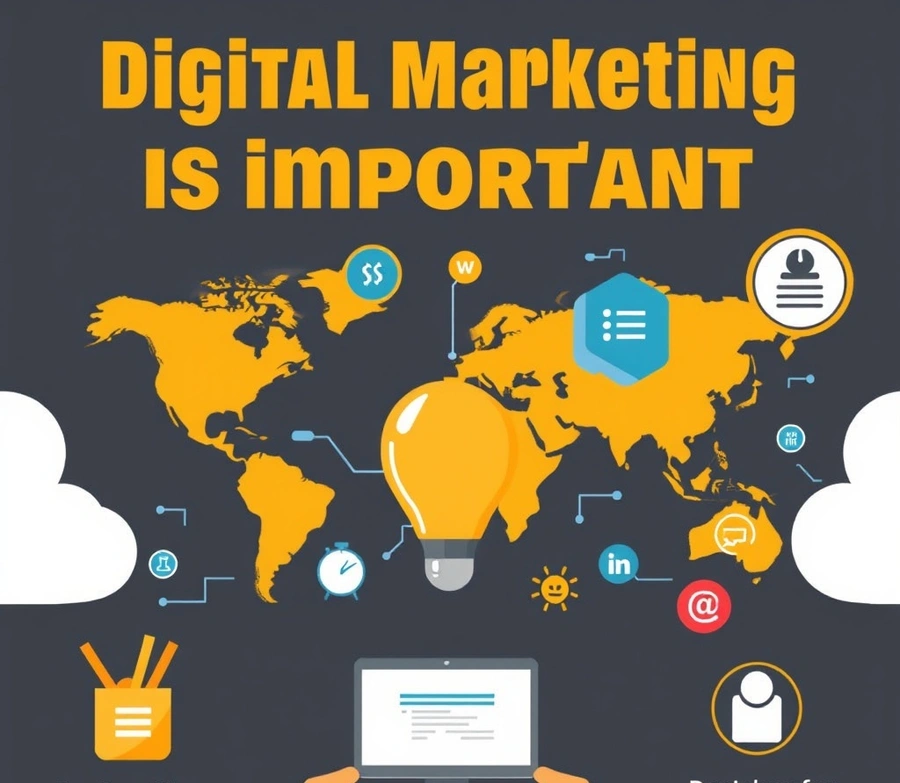Discussing, E-commerce Digital Marketing: Top Reasons E-commerce Brands Fail. In today’s hyper-competitive digital world, launching an e-commerce brand is easier than ever—but succeeding? That’s a whole different story. Every year, thousands of online stores shut down before they even hit their stride. But why do so many e-commerce brands fail? And more importantly, how can smart, strategic marketing prevent that downfall?
Let’s dive into the most common reasons e-commerce brands collapse—and explore how the right E-commerce Digital Marketing Services can be the lifeline that keeps your brand not just alive, but thriving.

1. Lack of a Clear Brand Identity
Why It’s a Problem:
Many e-commerce businesses jump into selling products without defining what sets them apart. Hence, without a strong brand identity, customers don’t know who you are or why they should trust you over the competition.
How Marketing Can Help:
This is where SEO services and content marketing shine. Moreover, through consistent brand messaging, compelling website copy, and optimized blog content, you can carve out a unique space in your niche. A professional digital marketing agency can help you shape a brand voice that resonates—and make sure it ranks on Google.
2. Poor Website User Experience
Why It’s a Problem:
You might have amazing products, but if your website is slow, confusing, or hard to navigate, potential customers will bounce before you ever get a chance to sell to them.
How Marketing Can Help:
Conversion-focused website audits, done by a team that offers digital marketing services, can identify what’s turning users away. Paired with PPC services to drive high-intent traffic and A/B testing to fine-tune landing pages, marketing experts can help optimize the entire user journey—from click to checkout.
3. Neglecting SEO (Search Engine Optimization)
Why It’s a Problem:
If your customers can’t find you on search engines, you basically don’t exist. It doesn’t matter how great your product is—if you’re buried on page five of Google, you’re invisible.
How Marketing Can Help:
This is where SEO services become non-negotiable. A strategic SEO campaign includes on-page optimization, backlink building, keyword research, and technical SEO—all designed to improve rankings and bring in organic traffic that converts. Remember, 70% of online experiences start with a search engine. If you’re not showing up, you’re missing out.
Read more about – Advanced SEO 2025: A Step-by-Step Guide to Getting to the Top of Google
4. Relying Solely on Organic Traffic
Why It’s a Problem:
While SEO is essential, it’s a long-term game. Relying only on organic traffic in the early stages can lead to painfully slow growth.
How Marketing Can Help:
This is where PPC services come in. Adding to it, pay-per-click advertising offers instant visibility and can drive highly targeted traffic to your site immediately. Whether through Google Ads or social media platforms, PPC allows you to test, learn, and scale your E-commerce Digital Marketing strategy much faster.
5. Weak Product Descriptions and Content
Why It’s a Problem:
Too many e-commerce sites copy-paste manufacturer descriptions or use vague, uninspired content. So, this doesn’t just hurt SEO—it kills conversions.
How Marketing Can Help:
With strong digital marketing services, content creation becomes a powerful tool. Subsequently, optimized product descriptions, engaging blog posts, and storytelling-based content help build trust and improve search visibility. Plus, Google loves fresh, original content.
6. Ignoring Email Marketing
Why It’s a Problem:
Many brands focus on acquiring new customers and completely forget about nurturing existing ones. This results in missed repeat sales and a weak customer lifetime value (CLV).
How Marketing Can Help:
Email marketing is undoubtedly still one of the highest ROI verticals. A well-structured email funnel—welcome series, cart abandonment emails, and loyalty campaigns—keeps your brand top-of-mind. Therefore, a seasoned digital marketing team will help segment your audience and deliver the right message at the right time.
7. Not Leveraging Social Proof
Why It’s a Problem:
In an age of online scams and sketchy drop shippers, people crave trust signals. If your store lacks reviews, testimonials, or user-generated content, shoppers may hesitate to buy.
How Marketing Can Help:
Social proof is a goldmine. Through digital marketing services, you can integrate social proof across your site and campaigns—whether it’s influencer partnerships, customer review integration, or UGC campaigns that drive engagement and credibility.
8. No Clear Marketing Strategy
Why It’s a Problem:
Random posting on Instagram and sporadic email blasts do not equal a strategy. Without a unified plan, efforts become scattered and ineffective.
How Marketing Can Help:
An experienced digital marketing agency will craft a comprehensive strategy that aligns with your goals. From SEO and PPC to social media and CRO (conversion rate optimization), everything works together to drive traffic, boost conversions, and build brand loyalty.
It’s Not Just About Selling—It’s About Scaling
E-commerce success doesn’t happen by accident. Brands that thrive are the ones that invest early in a full-funnel marketing strategy. Whether you’re struggling with visibility, conversions, or customer retention, the right mix of SEO services, PPC services, and data-driven digital marketing services can completely change the trajectory of your business.
At the end of the day, marketing isn’t just a cost—it’s your most valuable investment.
How to Build a Bulletproof E-commerce Digital Marketing Funnel
Let’s face it—getting people to visit your online store is one thing. But turning those visitors into paying customers? That’s where the real magic (and money) happens.
Too often, e-commerce brands focus only on driving traffic and completely overlook the power of a well-crafted marketing funnel. If you’re not guiding your visitors through a clear, conversion-focused journey, you’re likely leaving serious revenue on the table.
So, how do you build a bulletproof marketing funnel that not only attracts customers but converts and retains them? As a team offering the best digital marketing services, we’re laying it all out for you—step by step.

Let’s face it—getting people to visit your online store is one thing. But turning those visitors into paying customers? That’s where the real magic is and where money happens!
Too often, e-commerce brands focus only on driving traffic and completely overlook the power of a well-crafted marketing funnel. Furthermore, if you’re not guiding your visitors through a clear, conversion-focused journey, you’re likely leaving serious revenue on the table.
So, how do you build a bulletproof marketing funnel that not only attracts customers but converts and retains them? As a team offering the best digital marketing services, we’re laying it all out for you—step by step.
Interesting read here – Digital Marketing Services in Mohali – The Ultimate Guide
What is a Marketing Funnel? The Best E-commerce Digital Marketing Strategy
A marketing funnel is the step-by-step journey a potential customer goes through—from discovering your brand to making a purchase (and ideally, becoming a loyal fan). It typically consists of three core stages:
- Top of Funnel (TOFU): Awareness. The buyer simply isn’t ready at this point.
- Middle of Funnel (MOFU): Consideration. Marketing actions performed during the middle section of the buyer’s journey.
- Bottom of Funnel (BOFU): Conversion. This is where prospects are on the cusp of becoming customers.
Building a bulletproof funnel means you’re not just throwing ads into the void—you’re guiding each customer with intention, using data, content, and strategy at every stage.
Step 1: Attract the Right Audience (Top of Funnel – Awareness)
Before you can convert, you need visibility. This is where smart targeting and E-commerce Digital Marketing services come into play.
🔍 Use SEO Services to Get Found Organically
Start by optimizing your product pages, category pages, and blog content using relevant keywords. SEO services help you rank on Google, drive organic traffic, and position your store as a trusted resource. Don’t just stuff in keywords—create content that educates and adds value.
💰 Leverage PPC Services for Immediate Traffic
If you want to scale faster, PPC services are a must. Platforms like Google Ads and Meta allow for laser-focused targeting. With professional PPC management, you can run effective campaigns that bring in high-intent traffic while keeping ad spend efficient.
🧠 Create Awareness Content
Run educational blog posts, how-to guides, and engaging videos that solve your audience’s problems. Pair this with social media marketing to increase brand exposure.
Step 2: Engage and Nurture (Middle of Funnel – Consideration)
Now that you’ve caught their attention, it’s time to build trust. Here’s where you need to showcase why you’re the right choice.
✨ Email Marketing Automation
Don’t let visitors bounce without a fight. Offer a lead magnet (like a discount or guide) and capture email addresses. Then, nurture them with automated sequences that showcase your brand, tell your story, and address common objections.
🧠 Retargeting with PPC
With expert PPC management, you can retarget people who visited your site but didn’t convert. These reminder ads—especially when personalized—are incredibly effective at keeping your brand top-of-mind.
📸 Use Social Proof
Customer reviews, testimonials, case studies, and user-generated content all build credibility. A solid E-commerce Digital Marketing strategy should weave social proof across your website, email, and ad campaigns.
Step 3: Convert Like a Pro (Bottom of Funnel – Decision)
Now it’s go-time. Your goal at this stage is simple: make it as easy and compelling as possible for customers to buy.
✅ Optimize for Conversions
Every element on your product and checkout pages should be designed to convert. Think fast loading speed, clear CTA buttons, mobile responsiveness, and persuasive copy. This is where conversion rate optimization (CRO) plays a big role—something top-tier digital marketing services often include.
🎯 Offer Exclusive Deals
Use urgency and scarcity wisely—limited-time discounts, free shipping thresholds, or bonus gifts can drive faster decisions. These work especially well when paired with targeted PPC campaigns.
💳 Simplify the Checkout Process
Nothing kills conversions like a clunky checkout. Reduce the number of steps, offer multiple payment methods, and always include a guest checkout option.
Step 4: Delight and Retain (Post-Purchase Loyalty Loop)
Most e-commerce brands stop at the sale. Don’t be that brand. A bulletproof funnel continues after purchase, turning one-time buyers into repeat customers.
✉️ Email Follow-Up
Send thank-you emails, order confirmations, and product education series. Then, follow up with loyalty programs, referral incentives, and cross-sell recommendations.
💬 Ask for Reviews
Happy customers are your best marketers. Encourage them to leave a review or share their purchase on social media. This content can fuel future TOFU campaigns.
🔁 Retarget and Upsell
Use PPC services to retarget past buyers with complementary products. When combined with intelligent segmentation, this strategy can drive a significant percentage of repeat sales.
Tools and Services That Supercharge Your Funnel
To build a funnel that works on autopilot, you need the right tools—and the right team behind you. Here’s what makes all the difference:
- Best digital marketing services to oversee and align every stage of the funnel.
- Expert PPC management to reduce wasted spend and scale campaigns.
- Comprehensive SEO services to boost your visibility and authority.
- Email marketing automation platforms like Klaviyo, Mailchimp, or ActiveCampaign.
- Analytics tools to track, measure, and optimize performance.
Funnels Aren’t Optional—They’re Essential
If you’re serious about scaling your online store, you need a marketing funnel. Not a random collection of ads and emails—but a well-oiled machine that brings in traffic, nurtures leads, converts browsers into buyers, and keeps those buyers coming back.
By partnering with a team that offers E-commerce Digital Marketing services, SEO services, and PPC services, you’ll have the strategy and execution needed to build a funnel that actually performs. And when done right? Your funnel becomes your business’s most powerful growth engine.
E-commerce Digital Marketing SEO 101: How to Optimize Product Pages for Google

In the competitive world of e-commerce, your product pages are more than just virtual shelves—they’re make-or-break conversion zones. But here’s the truth: even the best products won’t sell if no one can find them. That’s where e-commerce SEO becomes your best friend.
Optimizing your product pages for Google is no longer optional—it’s essential. Whether you’re just getting started or looking to revamp your existing online store, this guide will walk you through the must-know strategies to rank higher, get more traffic, and ultimately, boost your sales.
Let’s dive into the details and show you how the power of digital marketing, especially SEO services, can transform your e-commerce business.
Why E-commerce SEO Matters More Than Ever
Before we get tactical, let’s zoom out for a second.
Most online shoppers start their buying journey with a search. In fact, studies show that nearly 70% of all online experiences begin with a search engine. That means if your product pages aren’t optimized for Google, you’re invisible to a huge chunk of your potential customers.
Investing in SEO services is like putting your store in the middle of a busy shopping mall—instead of a dark alley no one walks down. Hence, when combined with PPC services, social media marketing, and a full suite of E-commerce Digital Marketing, your visibility skyrockets even further.
Step-by-Step: How to Optimize Your Product Pages for Google
Let’s get into the nitty-gritty. Here’s exactly how to optimize your product pages for SEO success.
1. Start with Keyword Research That Matches Buyer Intent
The foundation of any powerful SEO strategy is keyword research and targeting.
🔍 What to Do:
Use tools like Google Keyword Planner, Ahrefs, or Ubersuggest to find high-volume, low-competition keywords that align with your product and target audience. Focus on transactional keywords like:
- “buy [product name] online”
- “best [product category] for [use case]”
- “[brand name] [product type] reviews”
📌 Pro Tip: Don’t forget long-tail keywords. They may have lower volume but often drive higher-intent traffic—and are easier to rank for.
2. Optimize Your Product Titles with SEO in Mind
Your product title is one of the most important on-page SEO elements. Make sure it includes your target keyword naturally.
🛒 Example:
Instead of “Comfortable Sneakers,” use:
“Men’s Lightweight Running Sneakers – Breathable, Non-Slip, Size 6–13”
It’s specific, keyword-rich, and still readable—Google and shoppers love that.
3. Write Unique, Keyword-Rich Product Descriptions
This is where many e-commerce sites go wrong—they use manufacturer descriptions or generic, duplicated content. That’s a huge SEO killer.
🖋 What to Do:
- Make your descriptions original.
- Focus on benefits, not just features.
- On a natural ground, include primary and secondary keywords.
🔑 SEO Keywords to Consider Including:
- best digital marketing services
- e-commerce seo strategies
- product page optimization
- local seo for online stores, e-commerce platforms.
4. Optimize Your URL Slugs for Clean Structure
Your URL should be short, clean, and include the target keyword. Avoid random strings of numbers or irrelevant terms.
✅ Good Example:yourstore.com/men-running-sneakers
🚫 Bad Example:yourstore.com/product?id=12345XYZ
Clean URLs help Google understand your content and improve user experience.
5. Use High-Quality Images with Optimized Alt Tags
Images matter—not just for aesthetics but for SEO too.
📷 What to Do:
- Compress and optimize images to improve load speed.
- Use descriptive and more keyword-rich alt tags.
- Name your image files properly (e.g.,
blue-leather-wallet.jpg).
This improves accessibility and helps your product pages appear in Google Image Search, another great traffic source.
6. Leverage Structured Data (Schema Markup)
Want to stand out in search results? Implement Product Schema Markup. It helps Google understand your content and can enhance your listings with rich snippets like:
- Star ratings
- Price
- Availability
This leads to higher click-through rates (CTR), which boosts your rankings.
7. Focus on Internal Linking and Navigation
Good internal linking not only keeps users on your site longer—it also distributes SEO authority across your pages.
🔗 What to Do:
- Link related products (“You may also like”)
- Use breadcrumb navigation
- Link from blog posts to relevant product pages
When combined with local SEO strategies, this also helps improve crawlability for region-based queries.
8. Speed Up Your Page Load Times
Page speed is a confirmed Google ranking factor—and slow product pages are conversion killers.
⚡ What to Do:
- Use a fast, mobile-optimized theme.
- Compress images.
- Enable your browser caching and lazy loading.
A top-tier digital marketing agency that offers technical SEO services can handle these backend optimizations for you.
Bonus Tips to Supercharge Your SEO Strategy
While optimizing product pages is key, don’t ignore the rest of your digital ecosystem. Here’s how to round out your strategy:
- 💰 Use PPC services to test keywords quickly and support organic growth.
- 📣 Social media marketing helps generate buzz and user-generated content.
- 📍 Local SEO boosts visibility if you also have physical store locations.
- 👩💼 Work with experts who offer the best digital marketing services to tie everything together.
And of course, don’t forget ongoing PPC management to continuously improve performance across channels.
Great Products Deserve Great SEO
In the e-commerce game, visibility equals revenue. Thus, you could have the best product in the world, but if your product pages aren’t optimized for Google, your customers will never find it.
That’s why investing in the best digital marketing services, from SEO services and PPC management to local SEO and social media marketing, is the smartest move you can make for long-term growth.
Retargeting for Online Stores: The Low-Hanging Fruit You’re Ignoring

You’ve spent time, money, and energy driving traffic to your online store. Great! But here’s the kicker: most of those visitors leave without buying—and never come back.
Sounds brutal, right? That’s the reality of e-commerce.
But what if you could bring those lost visitors back and turn them into paying customers without starting from scratch? That’s exactly where retargeting comes in. It’s the low-hanging fruit many online store owners are ignoring—and it’s costing you serious revenue.
Let’s break down why retargeting, when paired with strategic digital marketing services, is one of the smartest, most cost-effective ways to grow your store.
Read more about – Google Ads vs Facebook Ads: 5 Factors You Can’t Ignore in 2025
What is Retargeting and Why Should You Care?
Retargeting, also known as remarketing, is a digital advertising strategy that targets users who’ve previously visited your website but didn’t complete a desired action—like making a purchase, signing up for a newsletter, or even adding a product to their cart.
These users already know who you are. Hence, they’ve seen your brand, explored your products, and shown intent. You don’t have to build awareness—they’re already halfway there. Now it’s just about bringing them back to finish what they started.
This is where the power of digital marketing really shines.
Why Retargeting is the Low-Hanging Fruit of E-commerce
If you’re ignoring retargeting, you’re letting warm leads go cold—and watching potential revenue vanish.
Here’s why it works so well:
- High Intent: Visitors who return via retargeting are far more likely to convert.
- Cost-Effective: Retargeting ads often have lower CPCs and higher ROIs than cold traffic campaigns.
- Brand Recall: Consistent visibility builds trust and familiarity.
- Personalization Potential: Dynamic ads can show specific products that users viewed or abandoned.
With smart PPC services and expert PPC management, your retargeting campaigns can be laser-focused and incredibly profitable.
Where Retargeting Fits in Your Marketing Funnel
Retargeting typically lives in the middle to bottom of your funnel. These are users who are aware of your brand and are considering making a purchase—or were just moments away from doing so.
Unlike top-of-funnel strategies like organic SEO services or social media marketing, retargeting is about nudging people over the finish line.
E-commerce Digital Marketing- Types of Retargeting Ads That Work Like a Charm
There’s no one-size-fits-all. But here are a few retargeting ad types that consistently perform well for online stores:
🎯 Dynamic Product Ads
These show users the exact products they viewed on your site. It’s like saying, “Hey, remember these sneakers you almost bought?”
Platforms: Facebook, Instagram, Google Display Network
Perfectly paired with: PPC management and social media marketing
🛒 Cart Abandonment Campaigns
A staggering 70%+ of online shopping carts get abandoned. Retargeting ads that remind users of what they left behind—and maybe even throw in a discount—can reel them back in.
Tip: Time these ads carefully. First reminder within 1-2 hours, another within 24.
🎥 Video Retargeting
Run video ads for users who’ve visited your site or watched your previous videos. Consequently, this adds an emotional and visual layer that static ads can’t match.
This works beautifully alongside your broader E-commerce Digital Marketing services strategy, especially if you’re doing content or influencer marketing.
🌎 Geo-Based Retargeting
Combine local SEO and location-based targeting to retarget users near your physical store or in key delivery zones.
Ideal for brands blending e-commerce with local presence.
Best Platforms for E-commerce Retargeting
When it comes to retargeting, not all platforms have been created equally. Here’s where you should focus your efforts:
- Google Ads (Display, Shopping & YouTube)
- Meta Ads (Facebook & Instagram – The common ground)
- Pinterest (great for lifestyle and design-heavy brands)
- TikTok (up-and-coming platform for Gen Z-focused stores)
- Email retargeting (not just ads—email can retarget, too!)
If you’re unsure where to start, the best digital marketing services providers will guide you based on your audience, goals, and budget.
Read more about – How to Rank in Google’s Local Pack: A Step-by-Step Guide
Retargeting Best Practices for Higher ROI
Now let’s talk about how to do it right. Here are some tips to help your retargeting campaigns perform like a pro:
✅ Segment Your Audiences
Don’t lump everyone into the same campaign. Someone who viewed your homepage isn’t the same as someone who added items to their cart. Create audience segments based on:
- Product views
- Time on site
- Cart activity
- Pages visited
📅 Time Your Ads Smartly
Strike while the iron’s hot. Most retargeting should happen within 1–7 days of the user leaving your site. After that, interest fades fast.
🧠 Rotate Creative Frequently
Keep your ads fresh. Switch up your copy, design, and offers to avoid banner blindness.
🎁 Offer Incentives (But Not Always)
Sometimes a small discount or free shipping is the nudge they need. But don’t rely on it every time—train your audience to buy without needing a deal.
How E-commerce Digital Marketing Services take Retargeting to the Next Level
You might be thinking: “This all sounds great, but I don’t have time to build, segment, test, and scale retargeting ads.”
Significantly, that’s where expert digital marketing services come in.
Here’s what a full-service agency like Cyberlink Digital can help with:
- Audience building and pixel installation
- Campaign setup and advanced segmentation
- A/B testing for ads and landing pages
- Smart PPC management to scale what works
- Integration with your SEO services, social media marketing, and email strategies
In short: we do the heavy lifting while you watch the conversions roll in.
Stop Leaving Money on the Table
Retargeting is not just a strategy—it’s a revenue recovery system. Therefore, it’s how you make the most of every click, every visit, and every marketing dollar you spend.
If you’re investing in PPC services, SEO services, local SEO, or even social media marketing, retargeting should absolutely be part of your mix.
It’s affordable, powerful, and—when done right—a total game-changer for e-commerce.
If you have liked this Blog on Top Reasons E-commerce Brands Fail and How Marketing Can Save Them, Support us on our Social Handles as well:
Top Digital Marketing Tips for India’s Small Businesses
Top Digital Marketing Tips Every Small Business in India Should Use Today For India’s small…
Double Your Leads with Digital Marketing in Chandigarh
Skyrocket Your Leads with Expert Digital Marketing in Chandigarh In today’s competitive business world, having…
Top Digital Marketing Agency in Mohali 2025
Looking for Mohali’s Best Digital Marketing Agency? If you are a startup intending to build…
Experience 10x Traffic Growth with Mohali’s #1 SEO Company
Grow 10x Faster Online with Mohali’s Top-Rated SEO Company Amplify your company’s growth 10x faster…
Top 10 Digital Marketing Companies in Panchkula
Top 10 Digital Marketing Agencies in Panchkula The business landscape in Panchkula is changing fast,…
Top 10 digital marketing companies in chandigarh
Top 10 Digital Marketing Agencies in Chandigarh Due to the increasing demand for digital marketing…

